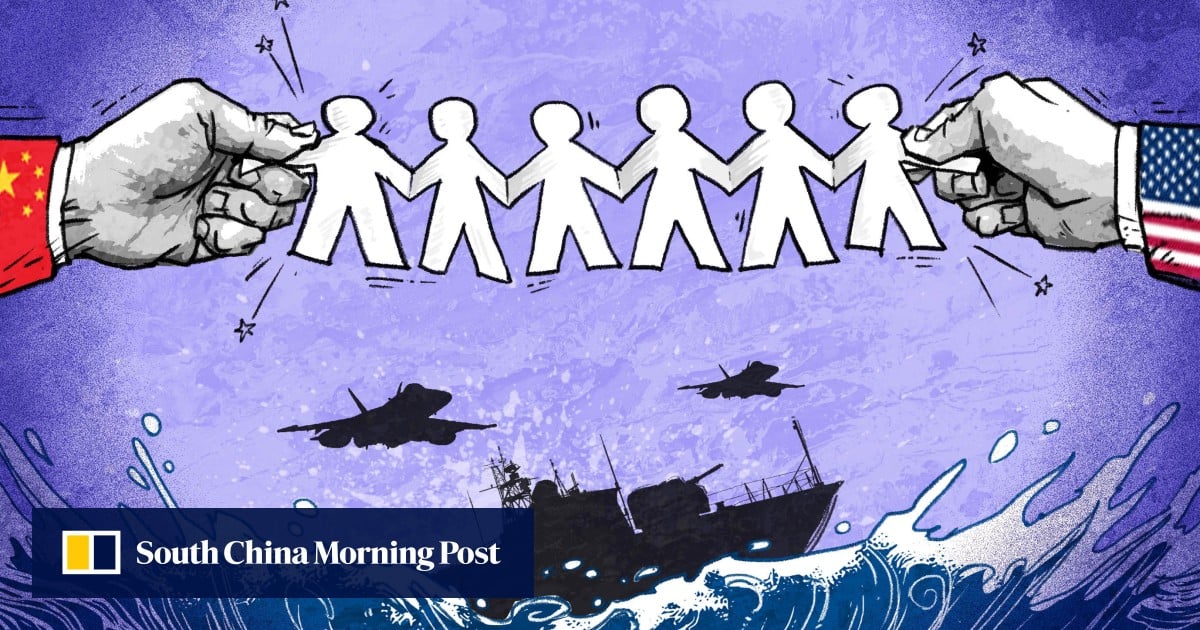


As Southeast Asia navigates the complexities of US-China rivalry, the role of Western powers in regional security forums has come under scrutiny. The ASEAN Defence Ministers’ Meeting-Plus (ADMM-Plus), established in 2010 to promote regional peace and stability, has seen increased participation from Western nations like Canada, France, and the UK. However, experts argue that their involvement may dilute the forum's effectiveness and exacerbate tensions with China [bdb94bd3].
Recent military developments, including China's first intercontinental ballistic missile test in 44 years on September 25, 2024, have heightened concerns about regional security dynamics [83b9ce89]. While the US has been conducting joint military exercises with allies in the region, such as Exercise Sama Sama, which began on October 7, 2024, the strategic intentions of Western nations joining ADMM-Plus are being questioned [690c7b2d]. Jeffrey Reeves from the US Naval War College suggests that these nations may reinforce a Western perspective rather than enhance regional stability [bdb94bd3].
China's military relationships have traditionally been strongest with Cambodia and Laos, but there is a noticeable shift towards Indonesia, Singapore, and East Timor, indicating a strategic expansion of alliances that challenge US military presence in the region [690c7b2d]. This backdrop raises concerns about the ability of ADMM-Plus to effectively address regional crises, such as Myanmar's civil war and ongoing tensions in the South China Sea [bdb94bd3].
Joanne Lin from ISEAS highlights the potential contributions of Western nations to maritime security and capacity-building, yet Muhammad Faizal Bin Abdul Rahman emphasizes the need for political balance within ADMM-Plus amidst growing China-Russia ties [bdb94bd3]. As Southeast Asian nations prepare for joint maritime exercises with the US and its allies, the evolving dynamics underscore the importance of a united regional response to China's assertive military posture [83b9ce89].
In light of these developments, there are calls for ASEAN to prioritize regionalism and maintain a focused ADMM-Plus, ensuring that the forum remains effective in promoting peace and stability in an increasingly competitive geopolitical landscape [bdb94bd3].